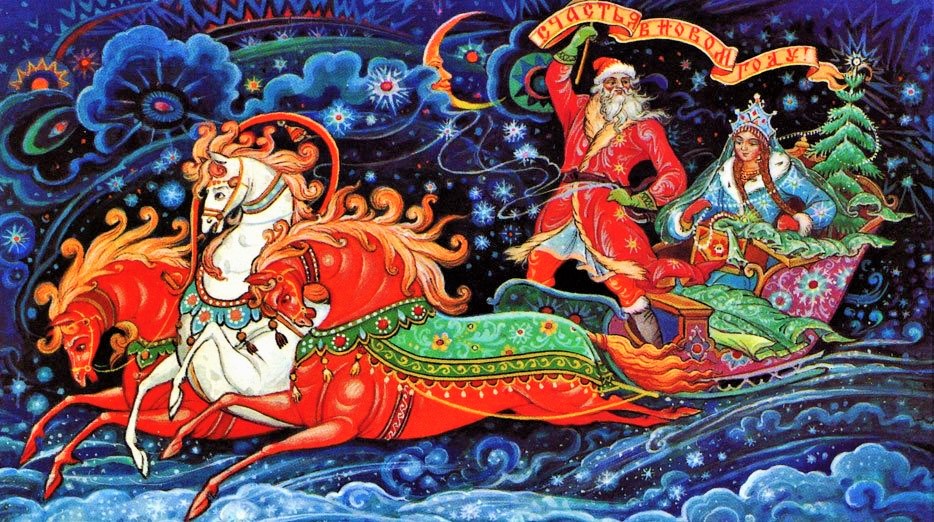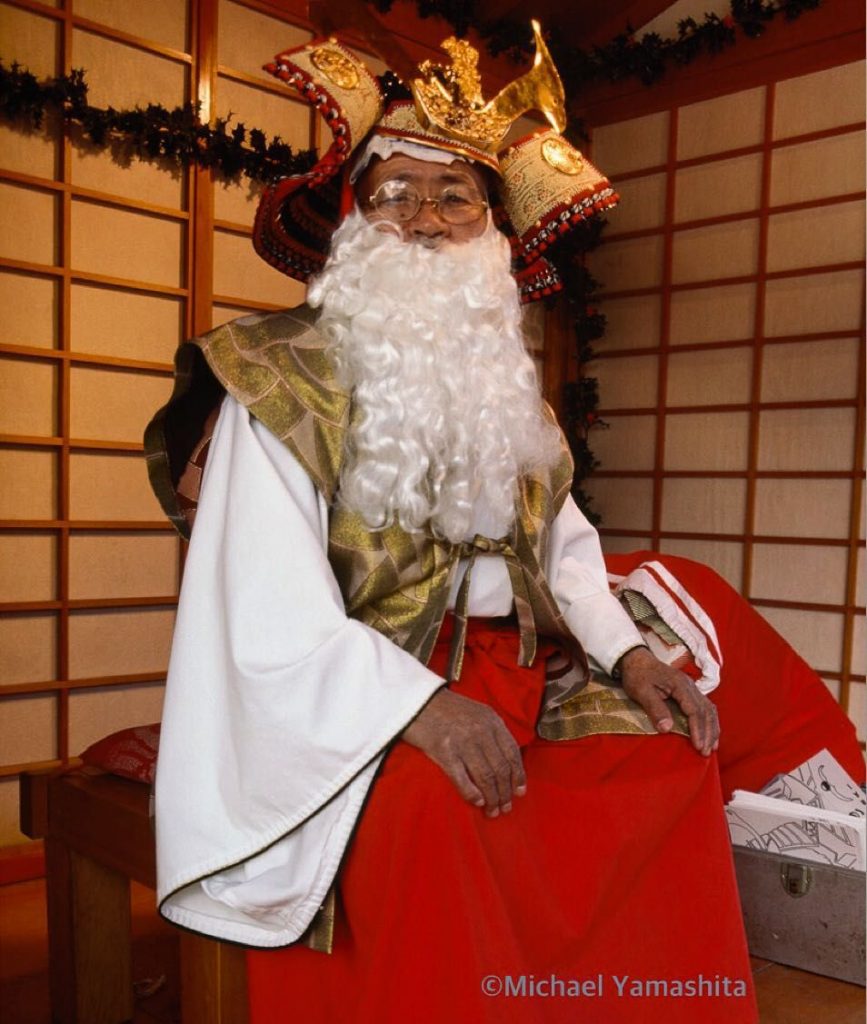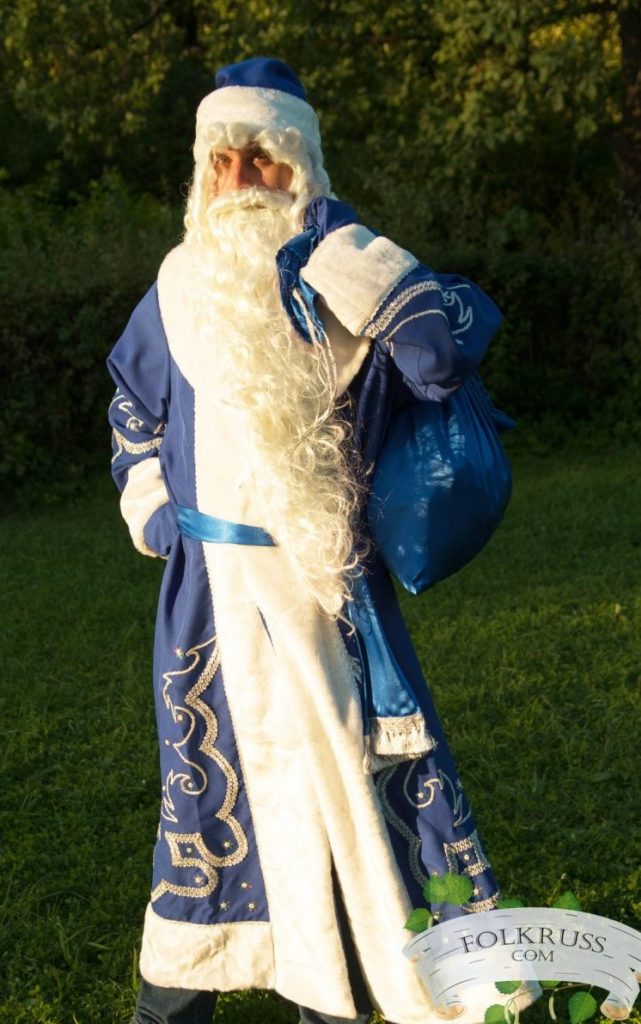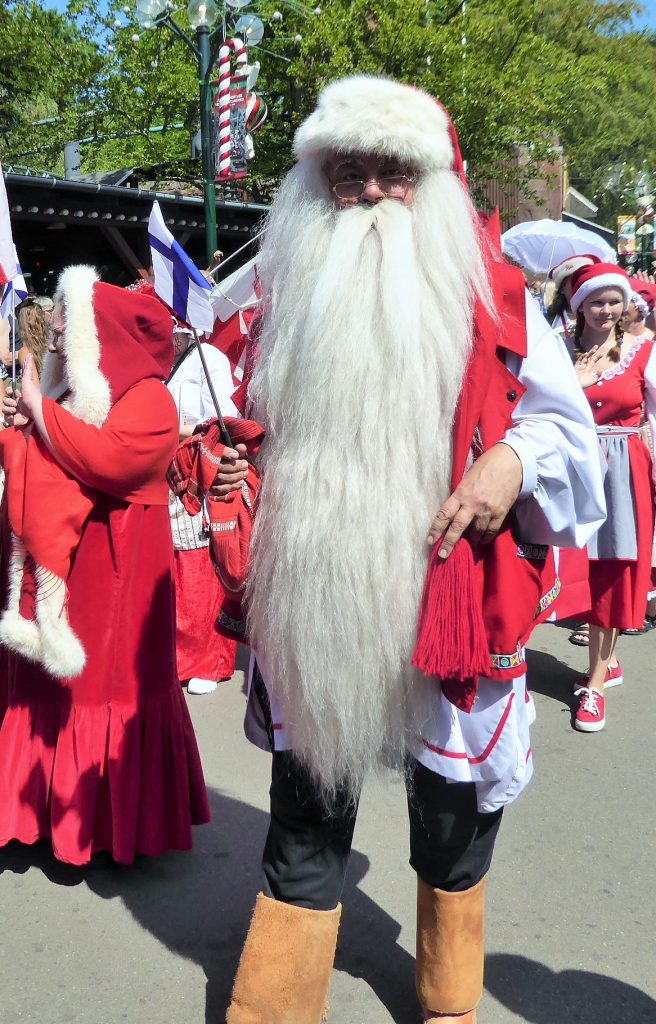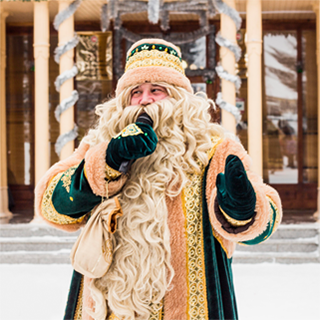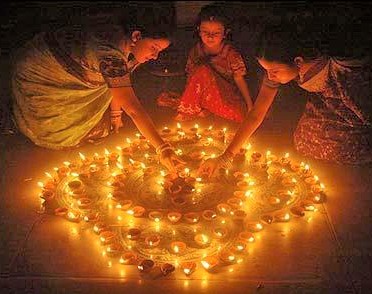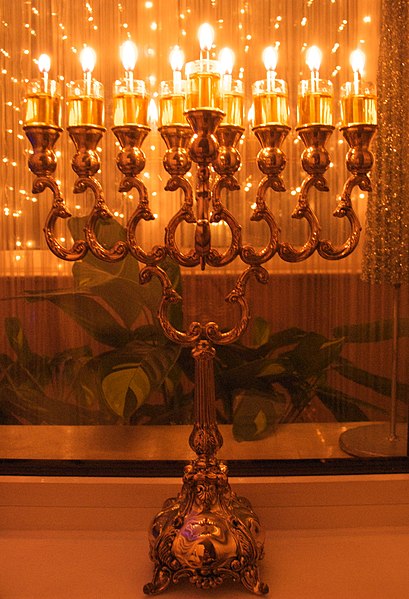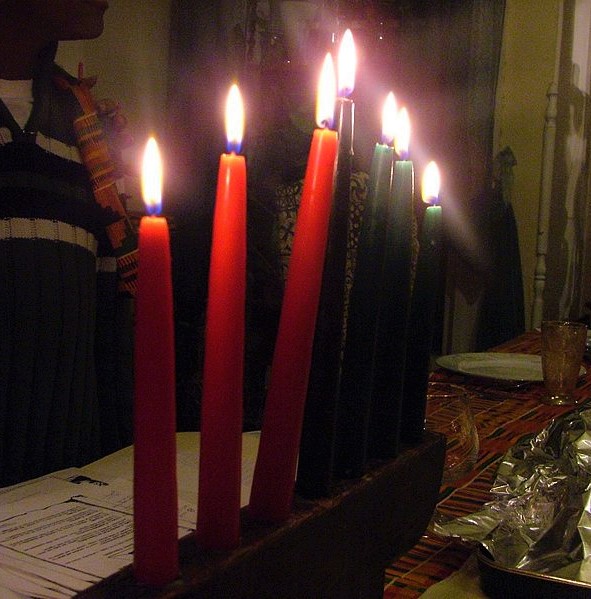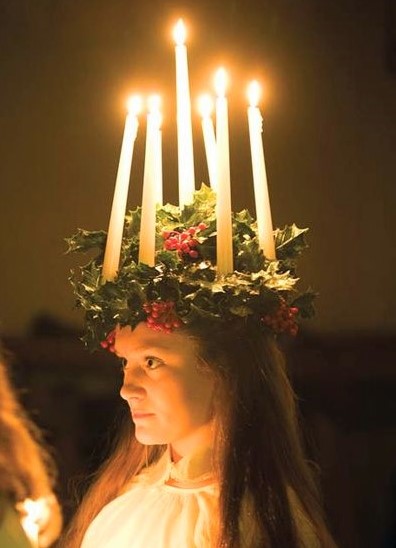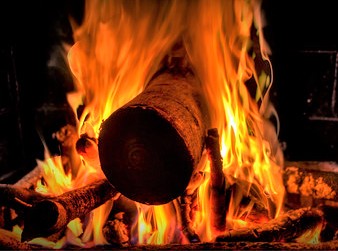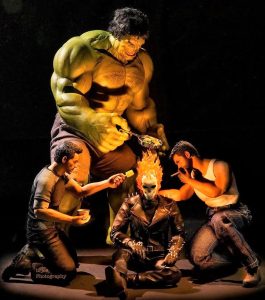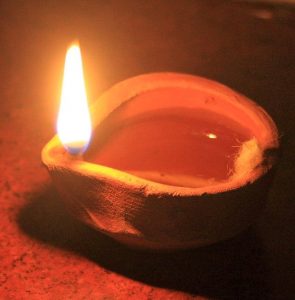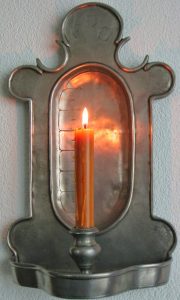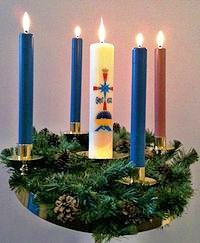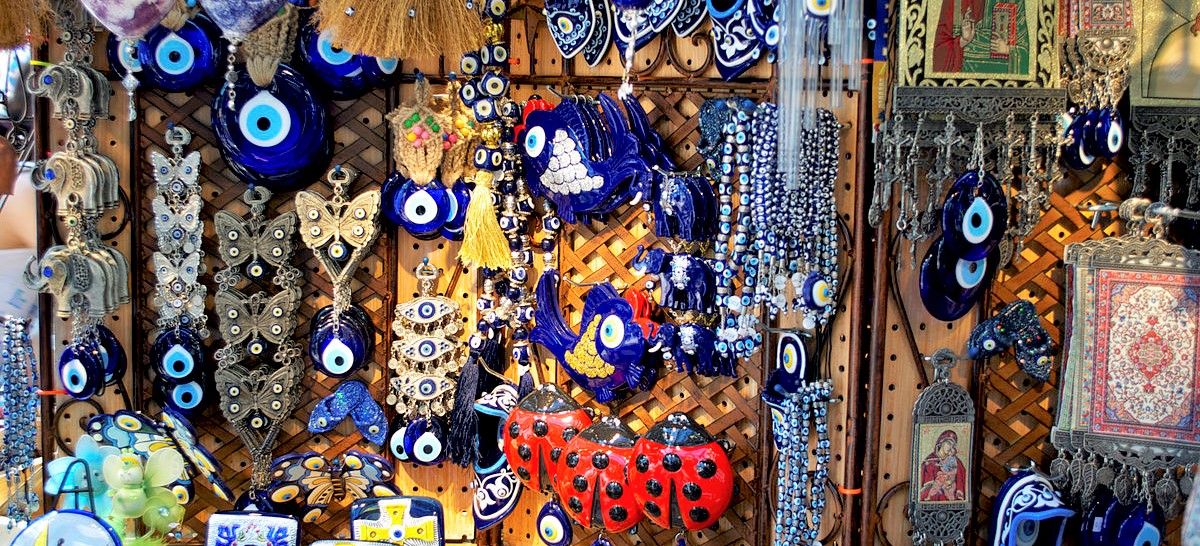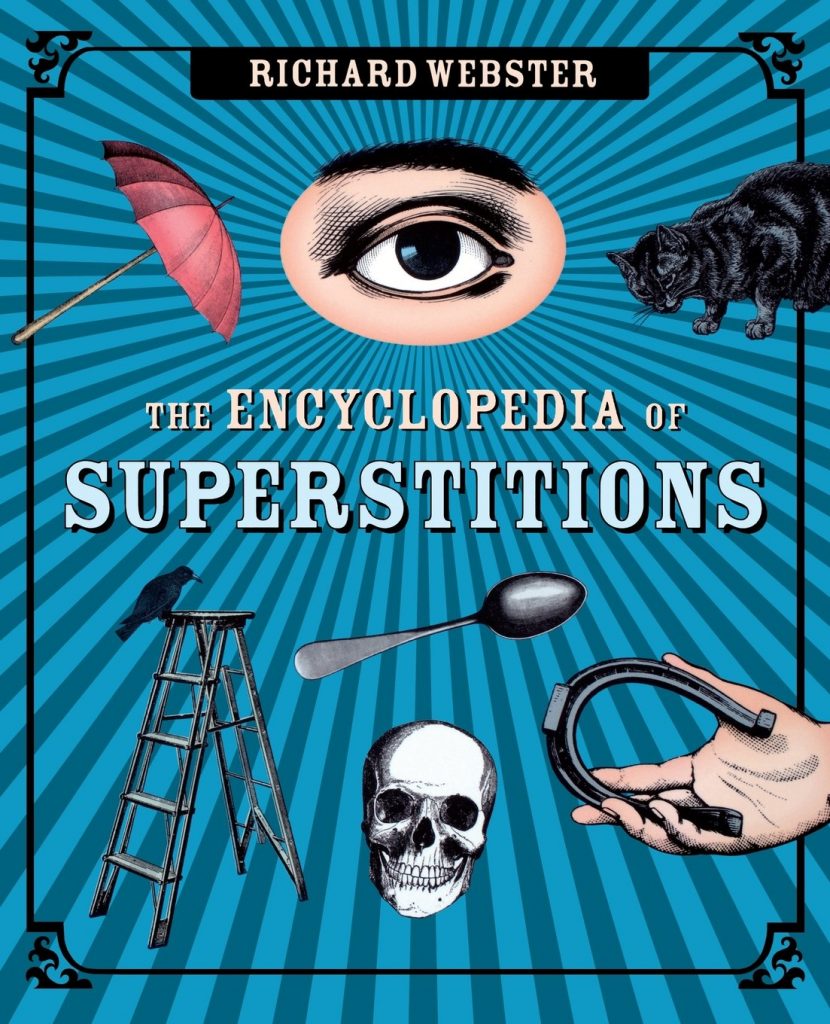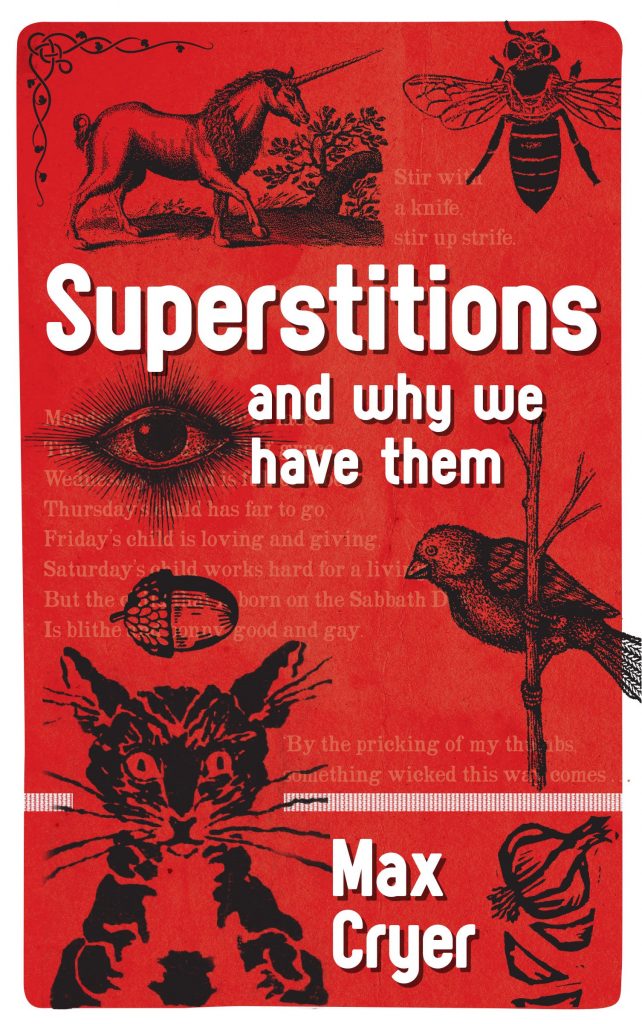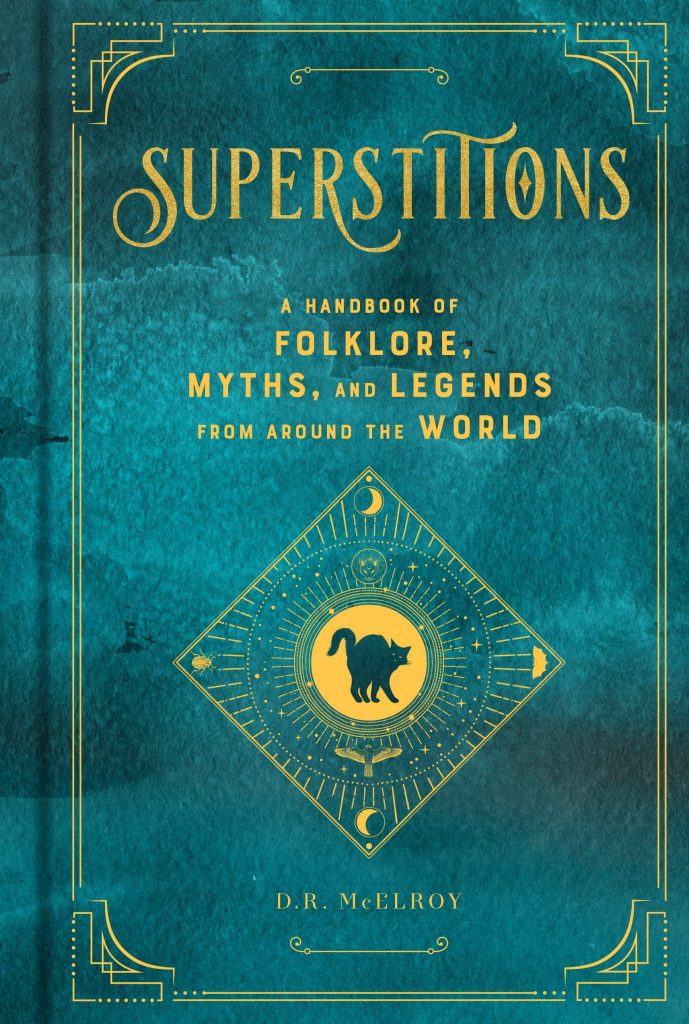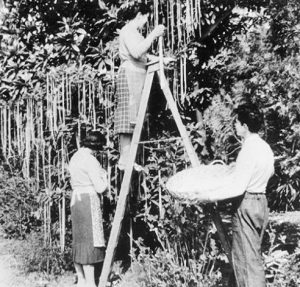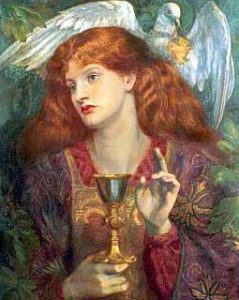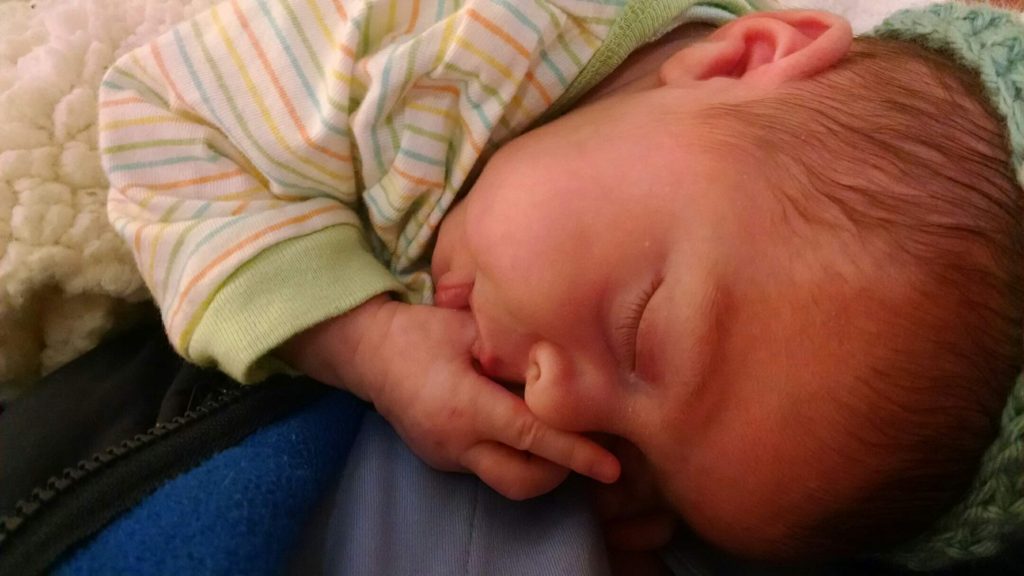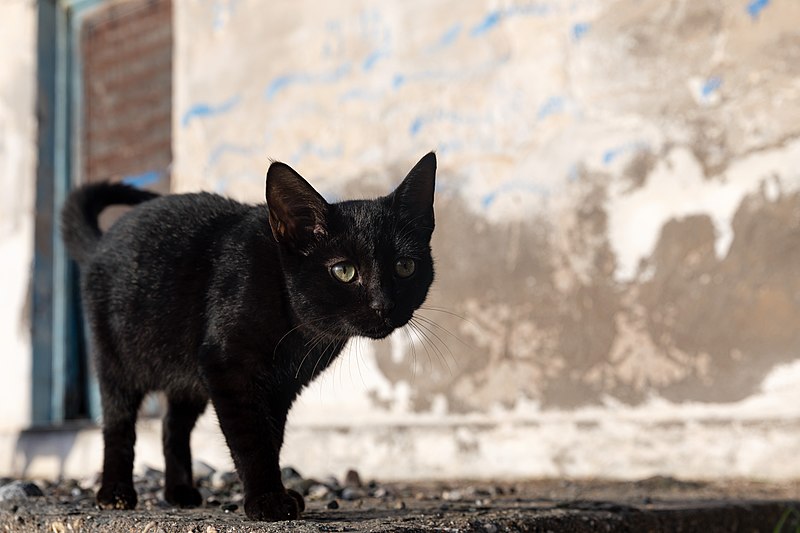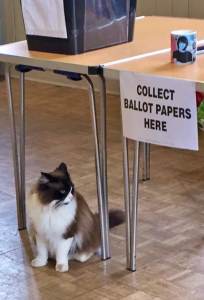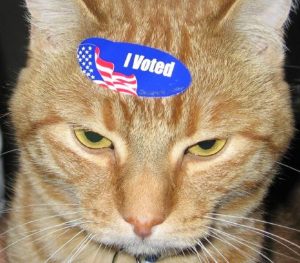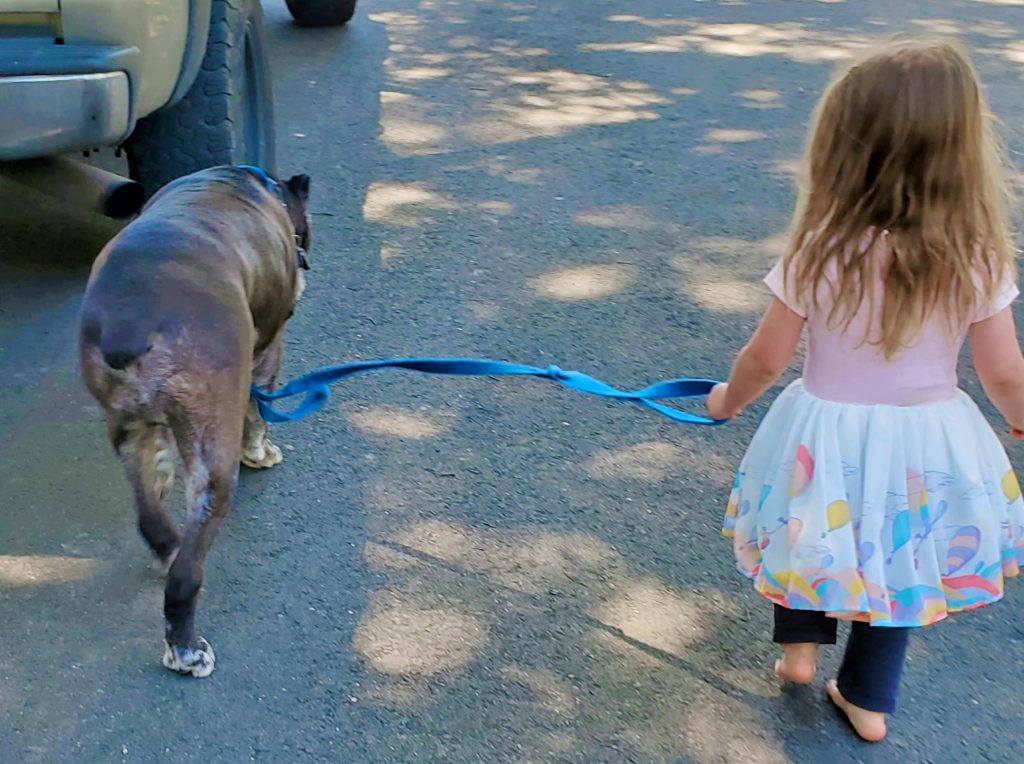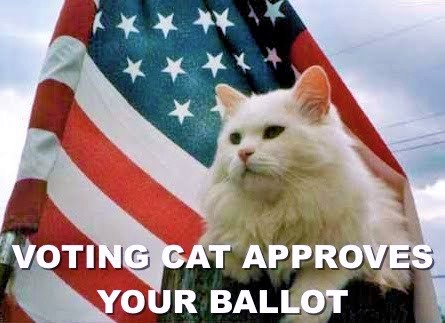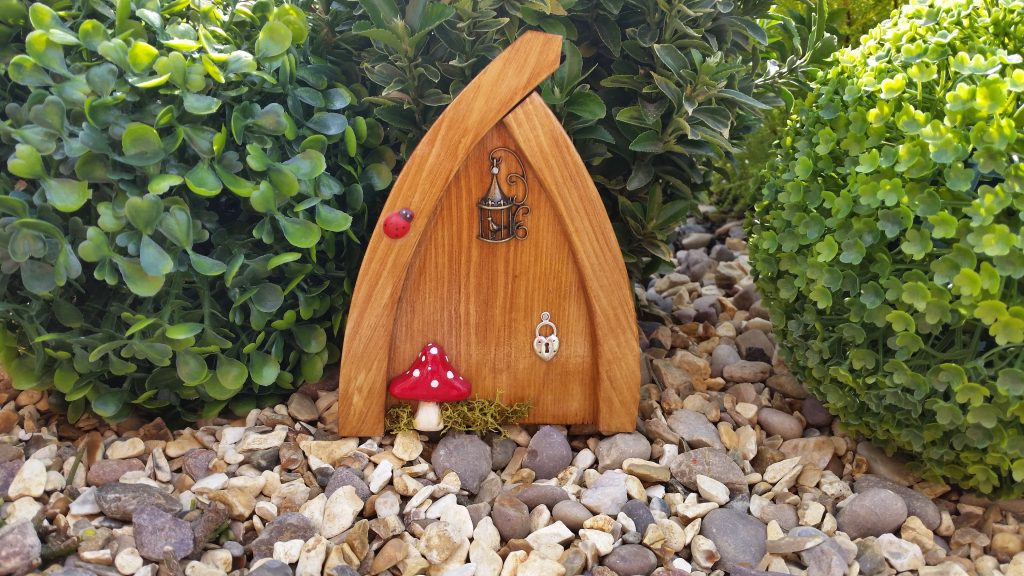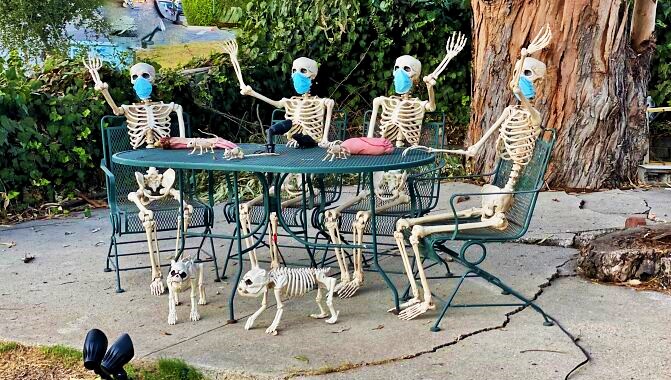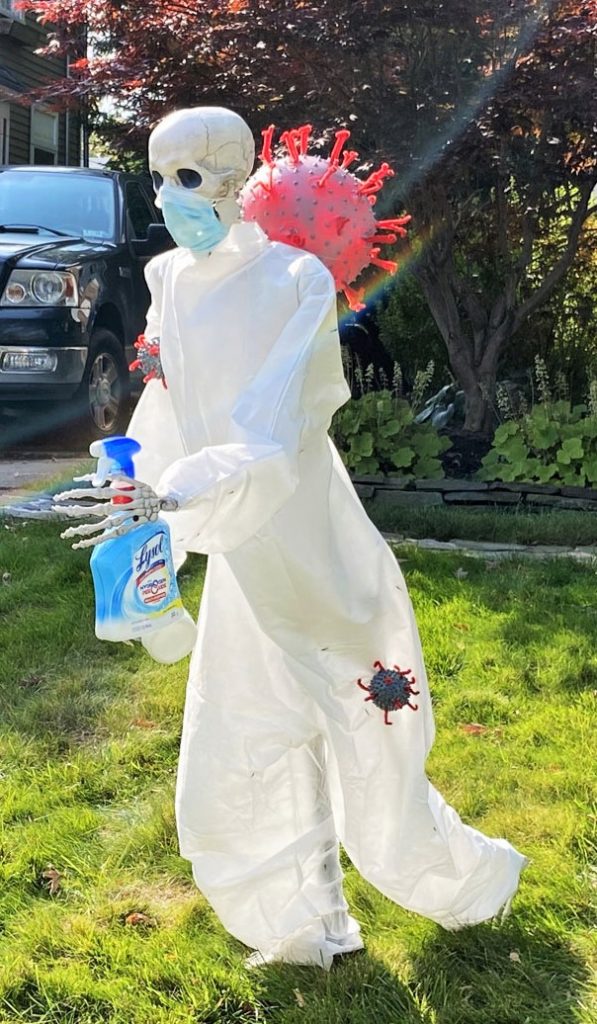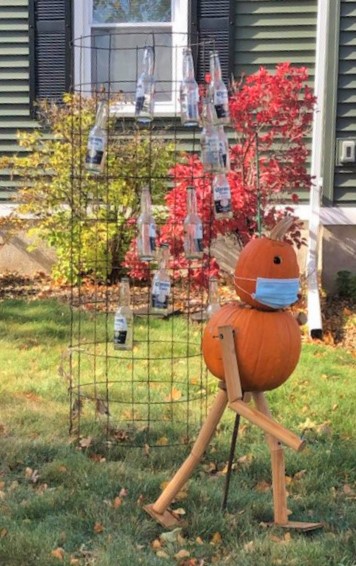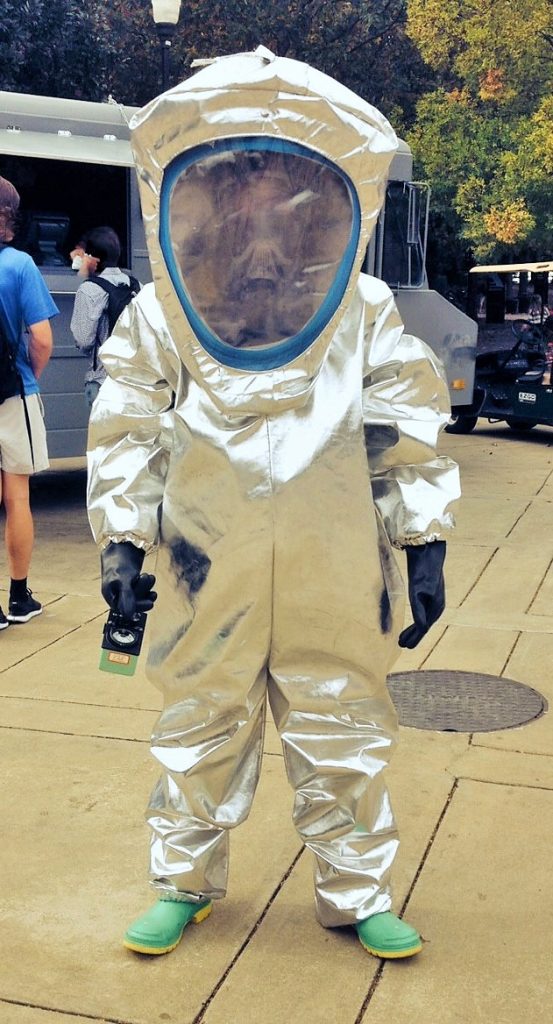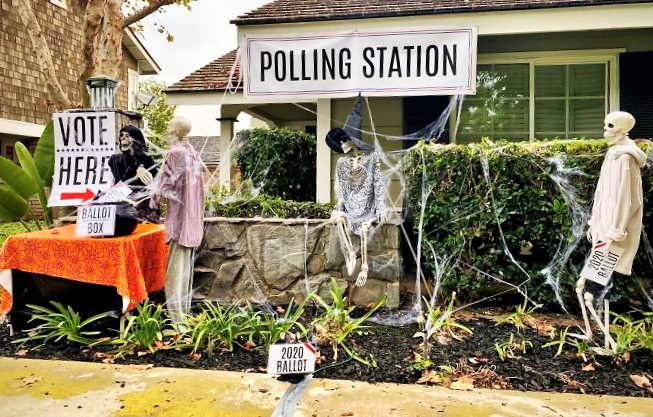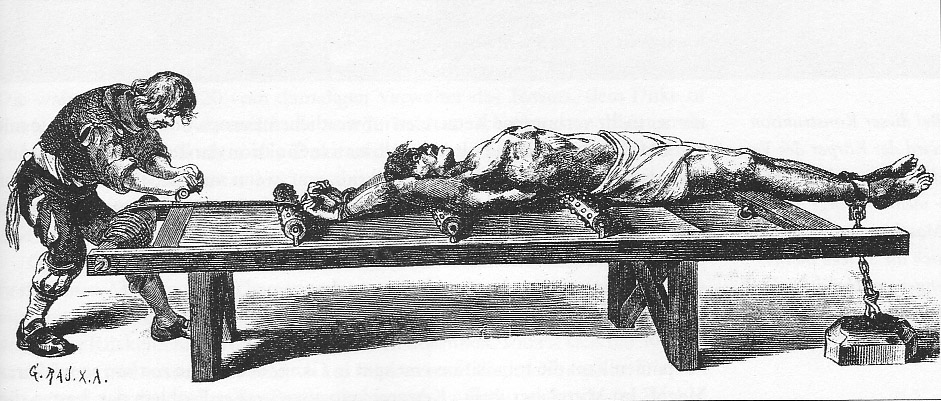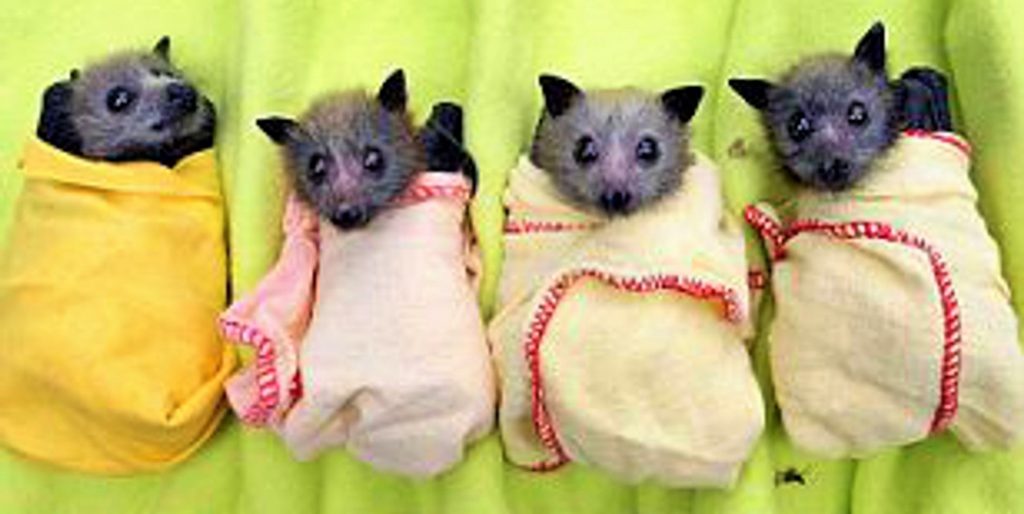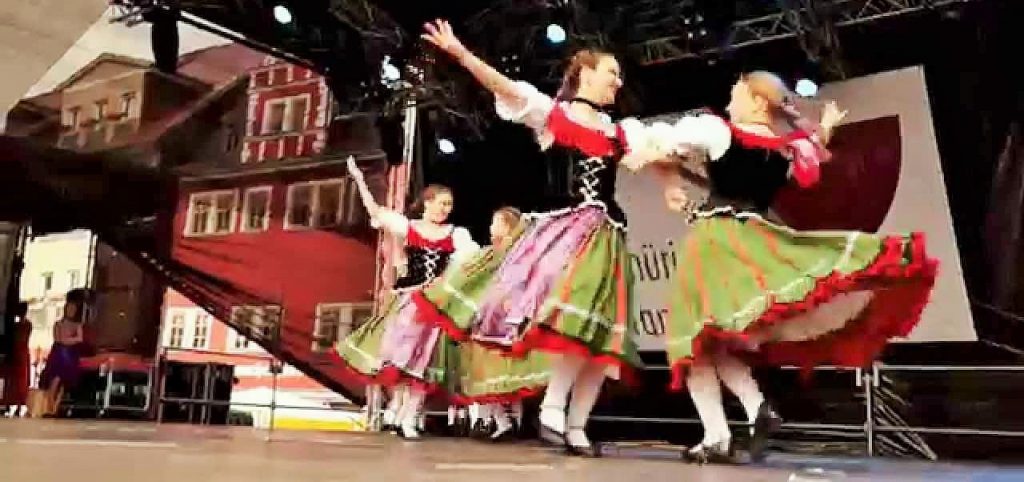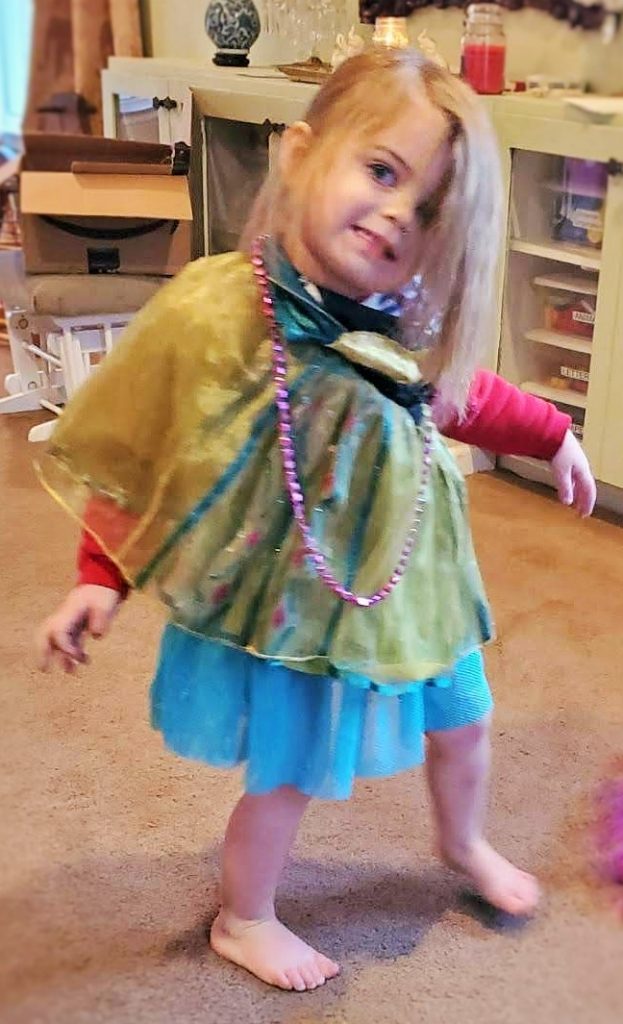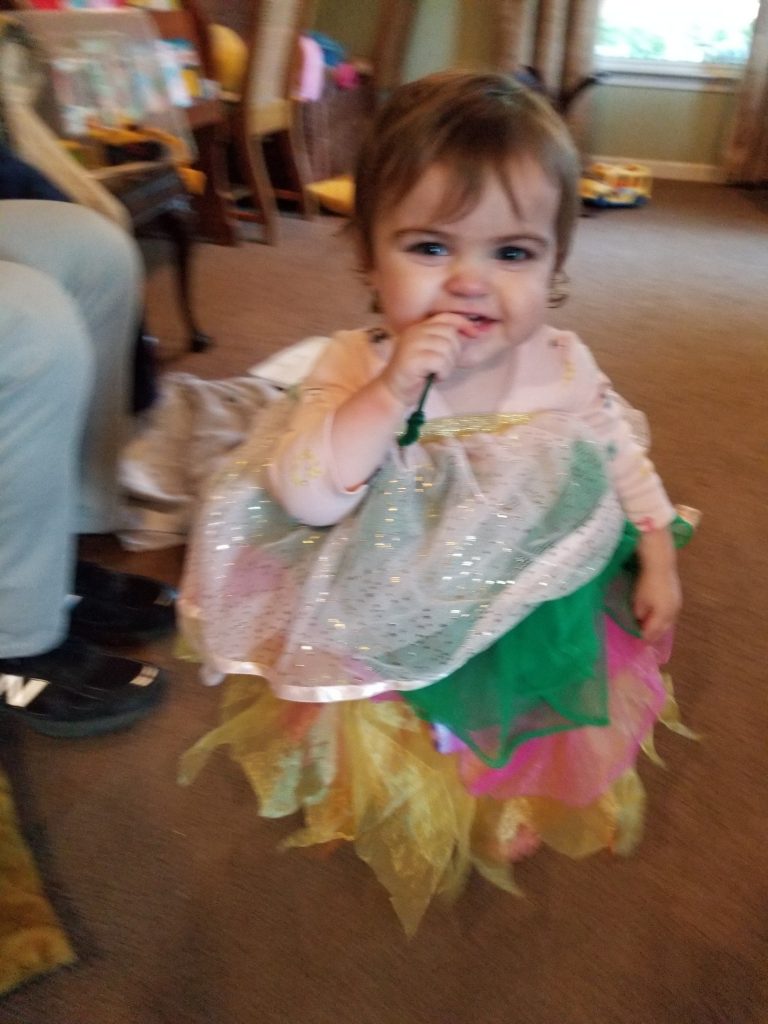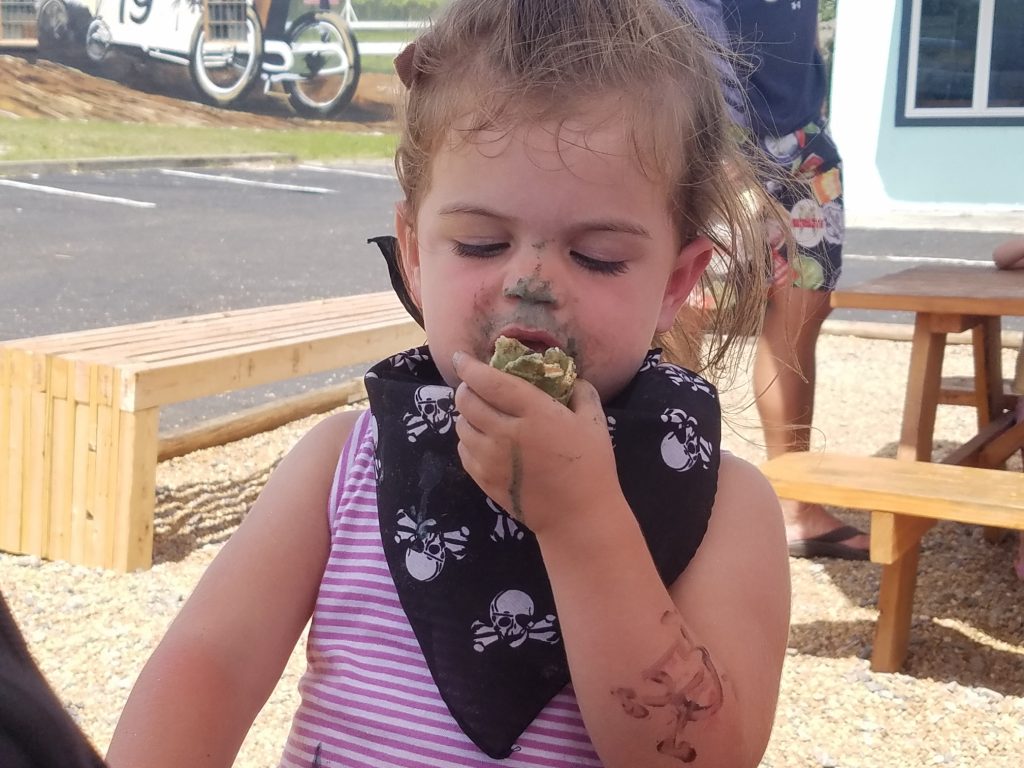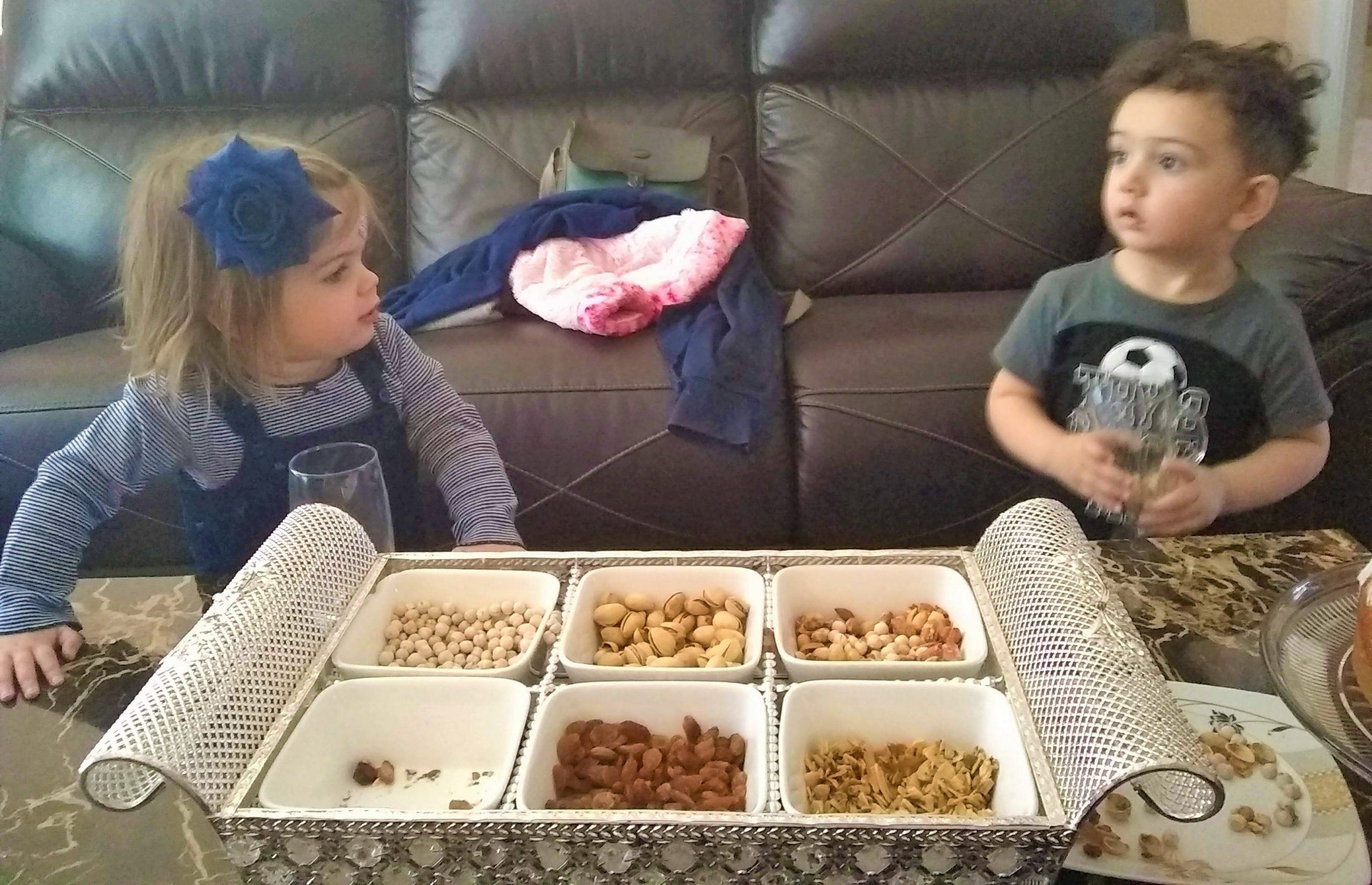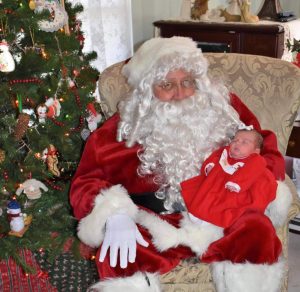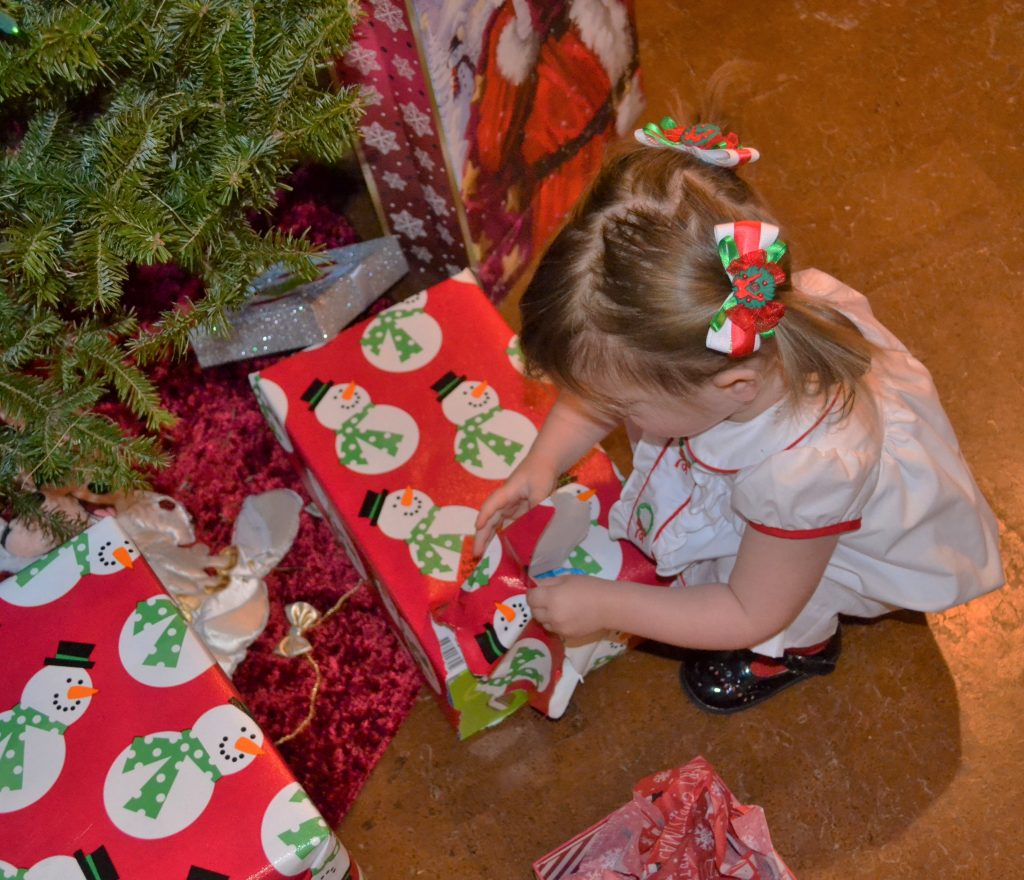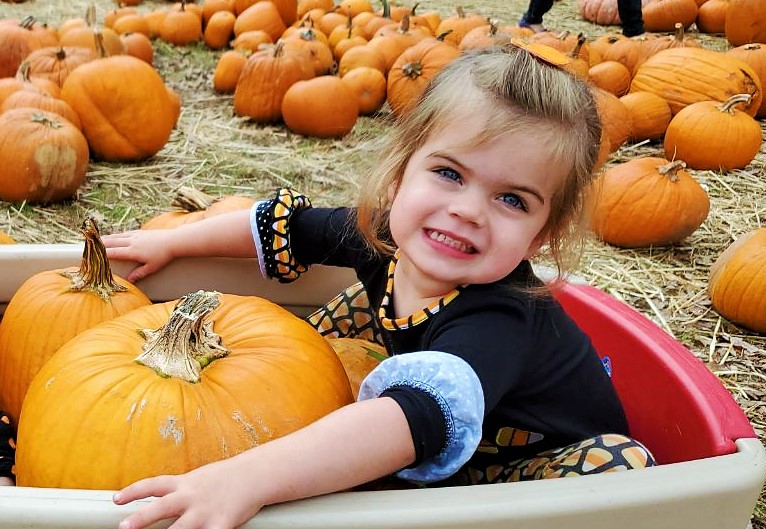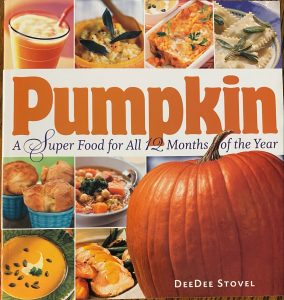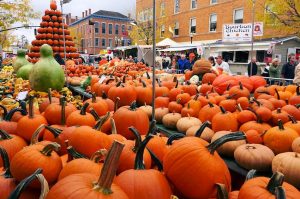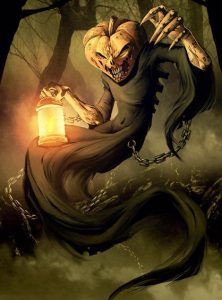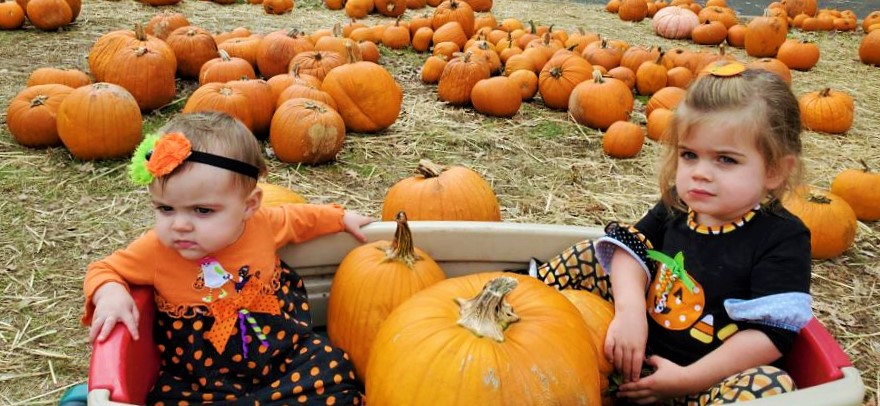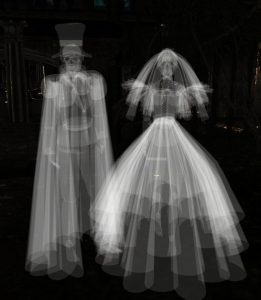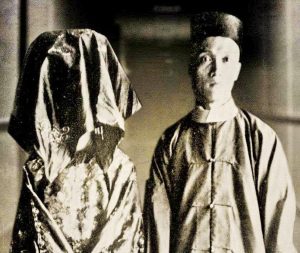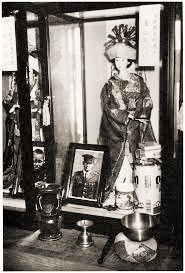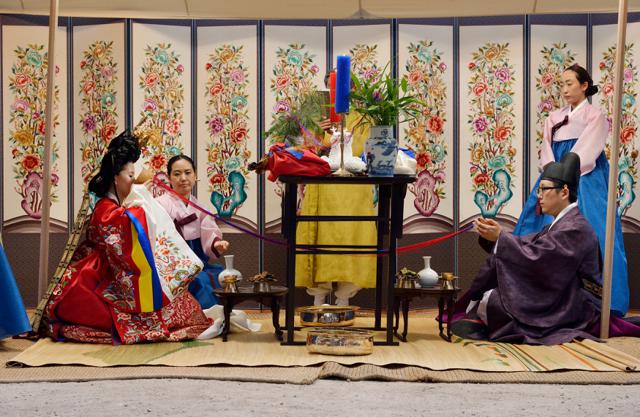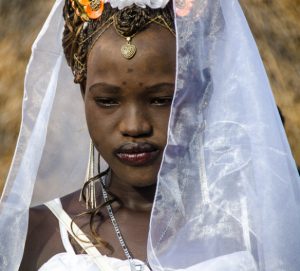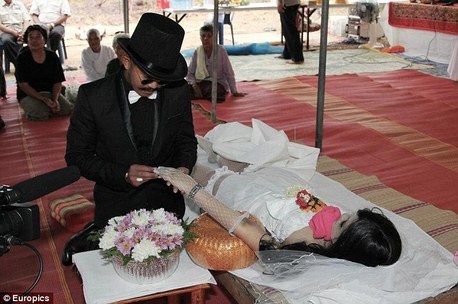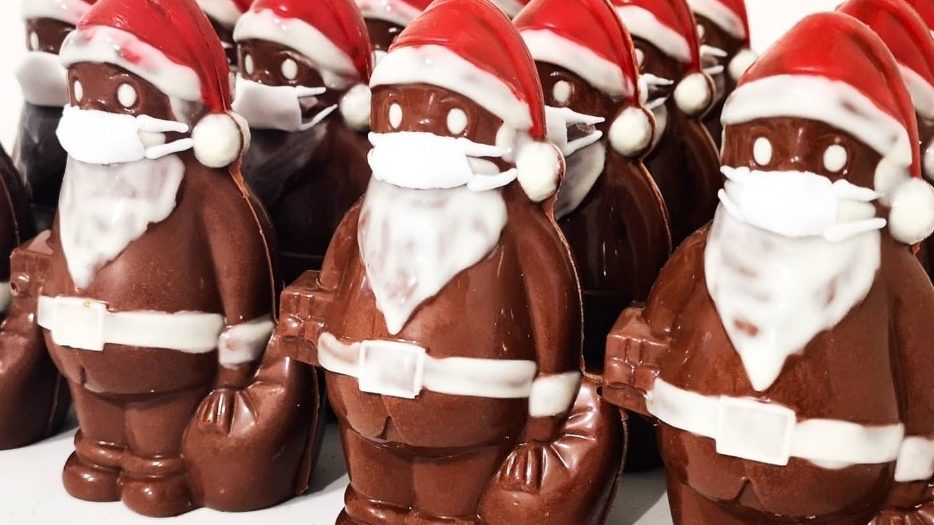
The Charles W. Howard Santa Claus School is the oldest in existence. Before 1937, Santas were pretty much on their own, and any man with a red suit would do.
Charles W. Howard Santa Claus School

OUR MISSION:
To uphold the traditions and preserve the history of Santa Claus while providing students with the necessary resources to improve and further define their individual presentations of Santa and Mrs. Claus, allowing them to enter the hearts and spread the Christmas spirit to everyone they meet.

At the Charles W. Howard Santa Claus School, more than 200 aspiring Santas gather each year to attend a three-day series of classes where they learn everything from the history of Saint Nicholas to reindeer habits.
In November, 2018, Mental Floss took an in-depth look. Here are several points from their write-up, 13 Things to Know About The World’s Oldest Santa School.
It’s Considered the Harvard of Santa Schools

Each year, about 200 Santas (including a handful of Mrs. Clauses) attend class in Midland—but not everybody who applies gets accepted. Co-Dean Holly Valent rejects Santas who don’t seem interested in children or singing. (In other words, Santas who appear to be in it only for the money.) Additionally, she has to place around 40 prospective Santas on a waiting list each year. Thankfully, the workshop in Midland is not the only Santa school under the North Pole.
Child Psychology is the Name of the Game

The most important aspect of being a good Santa is learning how to genuinely listen to all kinds of children. “[Y]ou have to be on your toes all the time, because you never know what the children are going to ask you,” Mary Ida Doan, who plays Mrs. Claus, told WJRT. (Doan would know: She’s a member of the International Santa Claus Hall of Fame.)
During the workshop, the Santas get schooled in child psychology and learn handy tricks from experts and each other: How to deal with squirmy children, crying children, children who are afraid of you, and more. The Santas even learn basic sign language. “It’s important to be able to spread Christmas cheer to all children,” a Santa named Bill told Reuters.
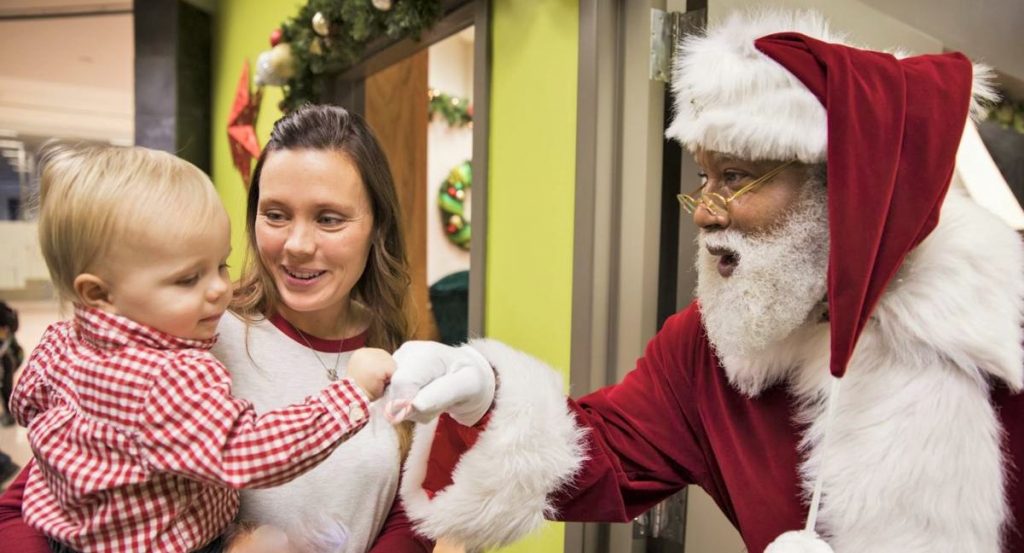
An organization called Santa America provides extra training for Santas to connect with children who need a different kind of communication to reach all that Christmas cheer. The frenetic atmosphere at a typical Santa’s Grotto can be overwhelming and terrifying for any child. Santas who have trained with Santa America can create a quieter, calmer, slower space. These “Sensitive Santas” are in demand at Christmas for hospitals, very young children, children on the autism spectrum, and many others.
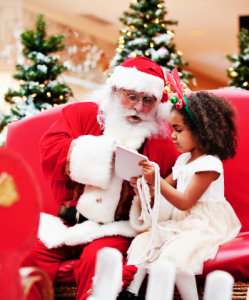
Santa America also connects local Santas and their companions with people who might need a visit from Santa Claus any time of the year: during a hospital stay, after major disasters, when a parent is deployed overseas. Part of their mission is to prove that Santa Claus, Mrs. Claus, and the elves never go off on vacation when children need them.
Gaining Background Knowledge Means Meeting Real Reindeer

Since kids are apt to ask Santa anything, it’s best that Santa draws his answers from real experience. What are the reindeer like? To find out, Santa students study reindeer habits and get to meet real reindeer.

How are toys made? The Santas spend quality time learning how to make wooden playthings.
The Santas also attend lectures about St. Nick’s backstory and the North Pole. “Know who you are,” Valent tells an assembly of Santas, according to CNN. “Know your legend. Know where you came from.”
They Have to Practice Their “Ho-Ho-Hos” and Their “Do-Re-Mis”
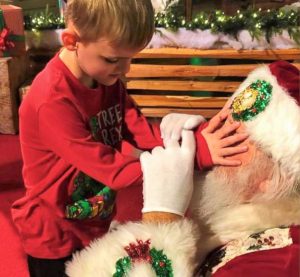
Since each Santa must prepare for radio and TV interviews, much of Santa school focuses on teaching students how to craft an accurate and authentic persona. “For example, they’re advised to create a backstory for their ‘elves,’ pulling names and characteristics from kids and grandkids in their own circles,” Kathleen Lavey reported for the Lansing State Journal. It also means learning how to deliver a hearty but balanced Ho Ho Ho. “You have to do it mild,” Tom Valent explained. “It’s got to be a laugh.” (And to ensure the Santas are really in the Christmas spirit, they’re also taught how to sing with cheer.)
There’s More Dancing Involved Than You Might Think
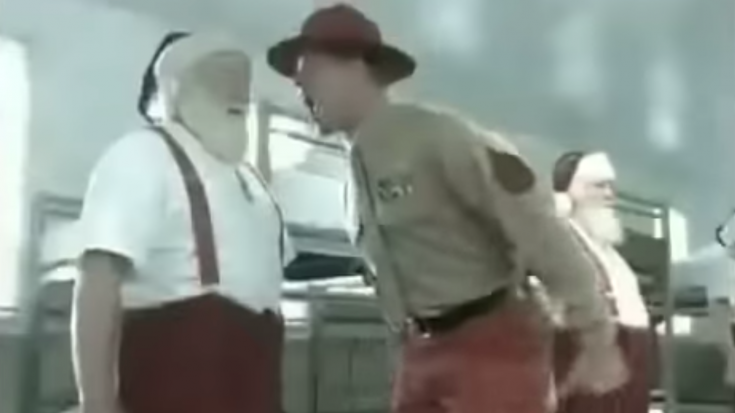
It’s not enough to nail the laugh. Being Santa requires you to be a full-body actor—and that means perfecting the big man’s jolly, bouncing swagger. The school is stuffed with movement lessons. “The school fitness teacher had them dance as if they were wrapping presents, baking cookies and filling stockings to classic Christmas tunes,” Christinne Muschi wrote for Reuters.

Santas also learn how to properly ease in and out of a sleigh and learn yoga and breathing exercises to keep limber. (It’s important work: Hoisting kids up and down from your lap for hours takes its toll.) As Tom Valent told CNN, “Santa is a healthy outdoorsman.”
Being Santa is not for the faint of heart or the faint of sinus. Pet photos with Santa are increasingly popular, often as part of a fundraiser. The Humane Society, Paws for a Cause, Sidewalk Dog, and many local animal shelters ask Santas to pose for photos with dogs, cats, hamsters, snakes, turtles, and any other pet they can safely hold. Better take that Benadryl!
They Receive Financial Advice

At Santa school—which costs $550 for new students—they teach classes on marketing, accounting, and taxes. That’s because being a freelance Santa is not cheap. A Santa with a bare chin is advised to buy a custom beard and wig that can cost up to $1800. And while a generic suit costs about $500, a personalized one can run over $2000. Add to that $700 for a pair of authentic boots. And then grooming expenses. Oh, and makeup.
Santas Get Lessons in Grooming

At school, Santas also learn how to curl their mustaches and groom their hair and beards (or wigs) to create a windblown I-just-got-out-of-the-sleigh look. They receive lessons in bleaching their hair to get a snow-white glisten as well as lessons in applying makeup.
According to Lavey, teachers show other Santas all the insider secrets: “How to take the shine off their foreheads with powder, pink up their cheeks with rouge, and add stardust to their beards with hairspray that contains glitter.”
The big secret to making Santa’s beard smell magical? Peppermint oil.
Santa Day School

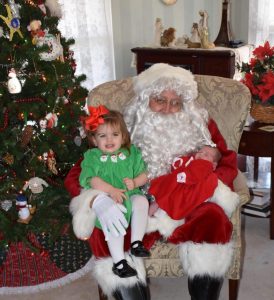
For those who can’t—or won’t—spend three intensive days and nights in Midlands, Michigan, there are options! In-person schools around the country and online for DYIers.
In November, 2018, Business Insider did an article on Santa schools, particularly the finances involved. Here are several quotes from that article.

“There’s two kinds of Santas: There are professional Santas and there are guys in red suits,” Santa Rick, a former mediator and divorce arbiter who runs the Northern Lights Santa Academy in Atlanta, Georgia, told Vox. “And the difference for me is there are those who want to better themselves and learn and master the trade, and there are the others.” This Santa school also has classes for Mrs. Claus and elves.

“I’m very high-energy, so I tend to put on a little bit of a show: The Night Before Christmas, and caroling, and magic,” said Santa Jim Manning, who is the official Santa Claus for Boston’s tree lighting and has covered the Red Sox Christmas card. “A lot of people think being Santa Claus means just showing up, sitting on the couch, and letting kids sit in your lap. But what I do is a lot more.” To the right, see Santa Jim jumping out of an airplane.

“Rick, of the Northern Lights Santa Academy, told Vox that high-end Santas can earn up to $25,000 a season, but the cost of travel, lodging, and garb can eat into the pay. A quality Santa costume and accessories costs at least $1,000 and a beard set made of human hair can range from $1,800 to $2,500, he said.”

“Santa Ed Taylor has been running the Santa Claus Conservatory, an online training program with more than 2,300 aspiring Santas, since 2013. The courses range from $97 to $347.”
The International University of Santa Claus

Not only does the IUSC offer courses around the world, they have a degree program recognizing a student’s years of dedication. A Santa or Mrs. Claus can earn a Doctorate of Santaclausology (PhD), with options for further advanced study.
Unfortunately, all 2020 International University of Santa Claus in-person classes have been cancelled. Online courses are available, so aspiring Santas can ask their grandkids for help logging in to Zoom classes!
Santa is a Super-Spreader
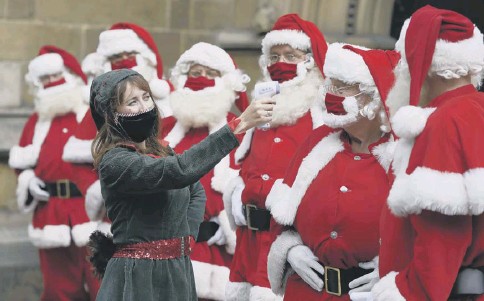
2020 is an atypical year. (You heard it here first!) And this is true for Santas and Santa schools as well. Dr. Fauci has assured the public that Santa Claus is naturally immune to COVID-19, but Santa can still spread the virus. Santa Claus, Father Christmas, Grandfather Frost, Sinterklaas, and all other Christmas gift-bringers have been declared essential workers and therefore exempt from quarantine or isolation rules.
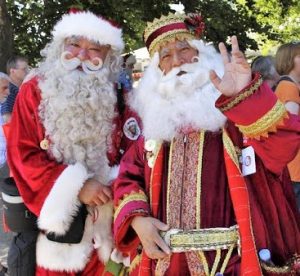
The 2020 World Santa Congress was cancelled. Many tree lighting ceremonies and holiday parties have been cancelled. Even the 2020 Santa Mediterranean Cruise has been indefinitely postponed.
Some Santas are adapting with smaller grottos, shorter visits, and lots of hand sanitizer. Others are setting up plexiglass barriers or arranging for children to stay more than six feet away. A few mall Santa Grottos are even setting up holographic Santas for photos.

However, possibly the safest option for Santa and for kids is to visit Santa digitally.
- JingleRing will allow Santa and Mrs. Claus to speak to kids one-on-one with their very own North Pole TV platform.
- AirBnB has created virtual visits with Santa as well as the opportunity to tune in to Story Time with Mrs. Claus or with Santa and a rotation of children’s book authors.
- Macy’s Santaland has gone virtual this year, though there will be no real Santas in their stores. There are pre-recorded video messages from Santa Claus, games to play with the elves, and the option to sign up for a real-time video chat with Santa himself.

Editor’s Note: Special thanks to Awkward Family Photos for sharing the very best of the very worst photos with Santa Claus.
Bottom Line: There’s more to being a good Santa than putting on a red suit! Consider how Santas and Santa schools might broaden your cast of characters and/or plots.
